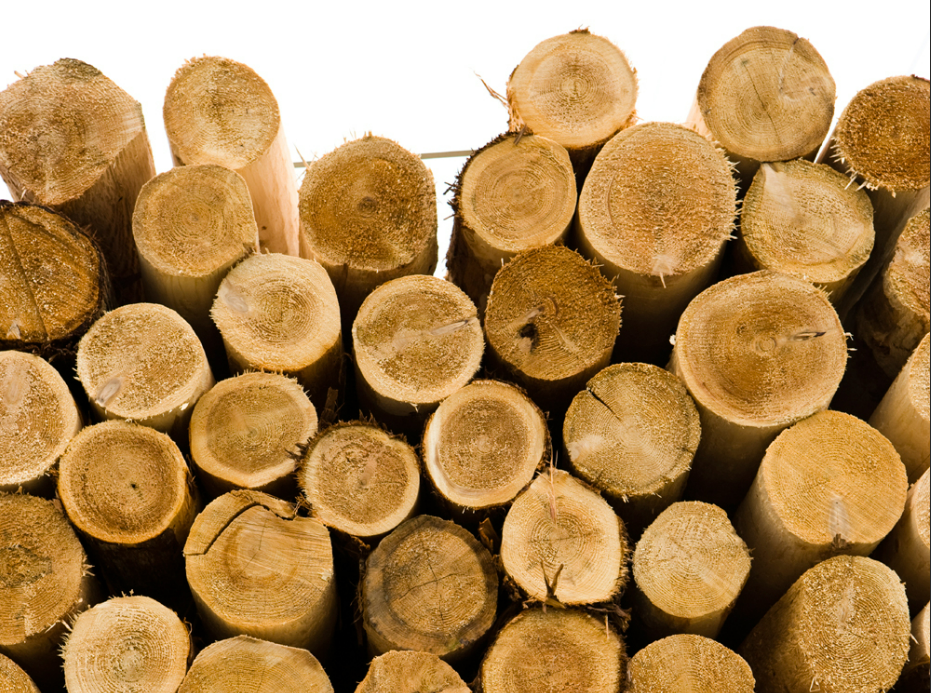Lignin has great potential as a polyol precursor for polyurethanes because it is readily available as a by-product of the pulp and paper industry and it has many hydroxyl groups. Lignin-based polyurethanes are typically made by reacting modified or unmodified lignin with diisocyanates.

However, lignin also has disadvantages, not least that it makes the material brittle, so it often needs to be blended with other polyols to improve properties. Even so, the maximum feasible lignin content is only about 30%. Another disadvantage is the low reactivity of lignin hydroxyl groups with isocyanates, especially aromatic isocyanates, due to steric hindrance. Modification methods such as hydroxypropylation are usually used to overcome this problem.
A research group at the Federal University of ABC in Brazil has now developed a different way of making lignin-based polyurethanes: using a blocked isocyanate method commonly used in the adhesive sector. First, the isocyanate group reacts with the blocking agent to form a chemically stable functional group that prevents the initial reaction with the polyol hydroxyl group. The formation of polyurethane bonds occurs only above the temperature at which the protecting groups dissociate.
They reacted unmodified and hydroxypropylated lignin extracted from eucalyptus hardwood with MDI using diisopropylamine as the capping agent and castor oil as the second polyol. They suggested that the resulting polyurethane would be suitable for use in heat-activated one-component adhesives or coatings. In particular, single lap shear tests on steel substrates showed that polyurethanes made with hydroxypropyl lignin were particularly effective.
Advantages of this process include lower sensitivity to moisture, lower toxicity due to reduced concentrations of free isocyanates, and better storage stability. It can also be used to control the molar mass and molecular structure of polyurethanes.



 微信扫一扫打赏
微信扫一扫打赏
